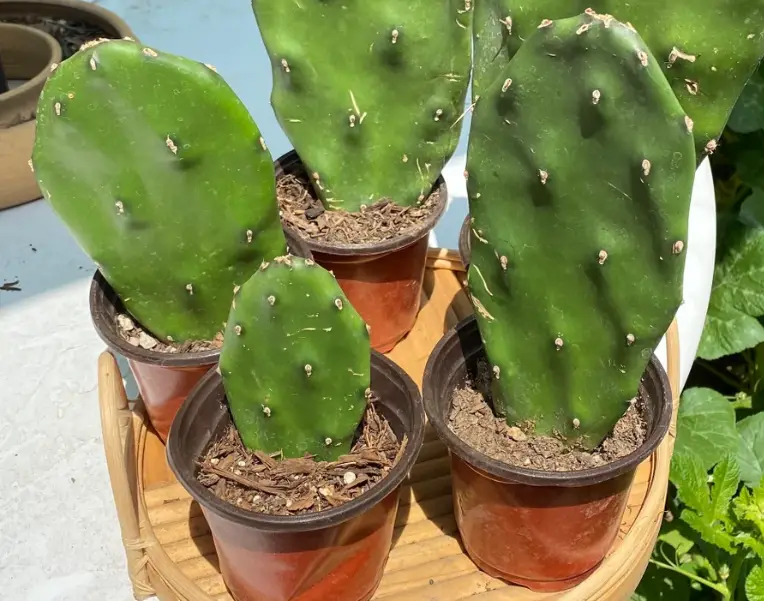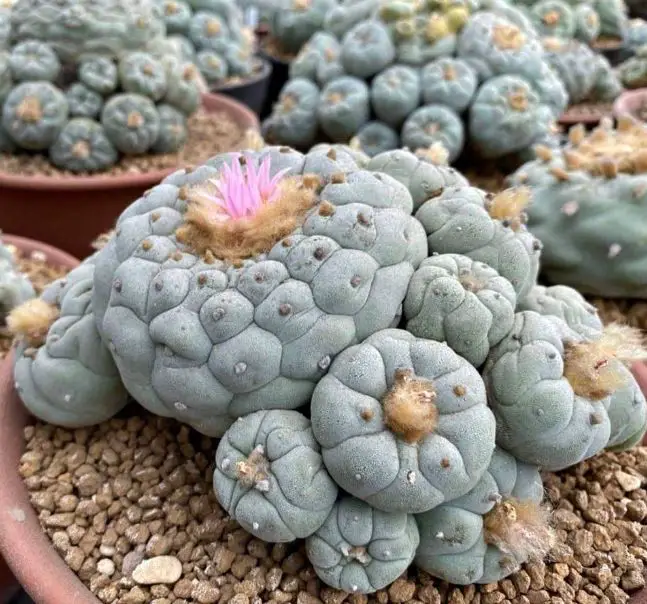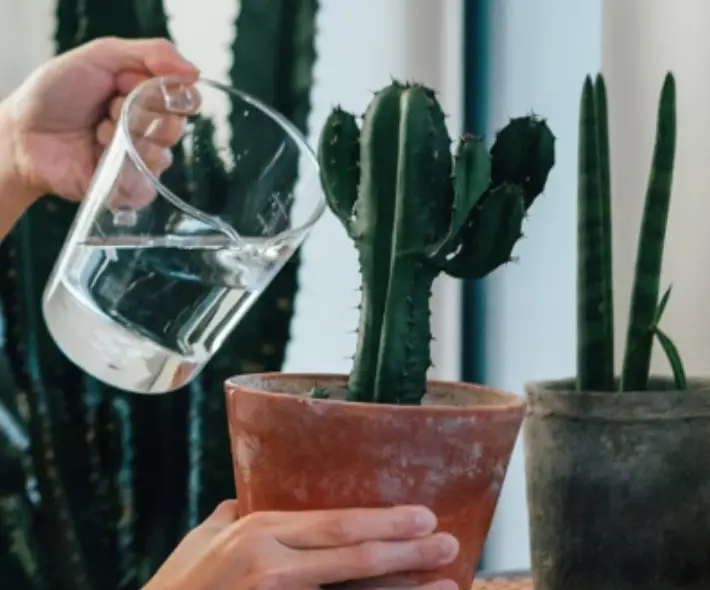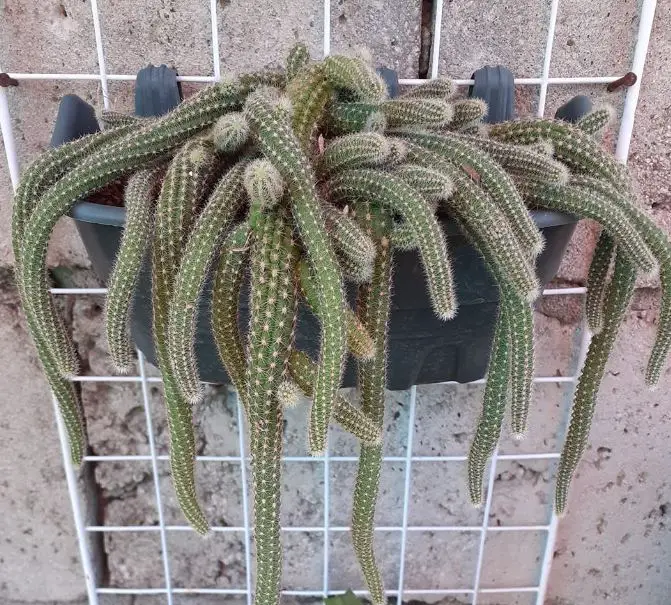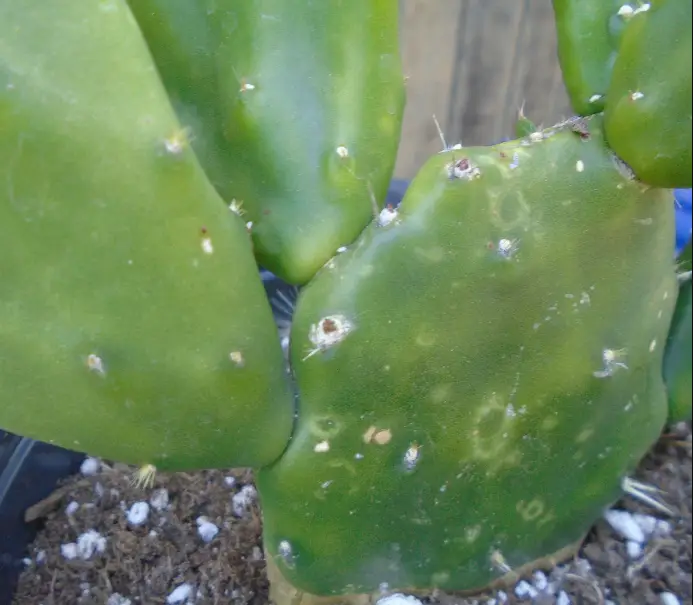Fishbone Cactus 101: Care and Propagation Guide
The Fishbone cactus (Disocactus anguliger), also known as the Ric Rac orchid cactus, is a popular indoor plant native to the evergreen forests of Mexico. Its stems are arranged in a zigzag pattern, making it resemble the skeleton of a fish.
Fishbone cacti can be grown indoors or outdoors, depending on the climate. They prefer bright, indirect sunlight and well-draining soil. They should be watered sparingly, allowing the soil to dry out completely between the waterings.
| Botanical name | Disocactus anguliger |
| Plant size | 6 inches tall, 3 ft. wide |
| Sunlight | Bright indirect |
| Hardiness zones | USDA 10b to 11b |
| Soil type | Acidic and well-draining |
| Bloom time | Late summer and fall |
| Flower color | white or pale yellow |
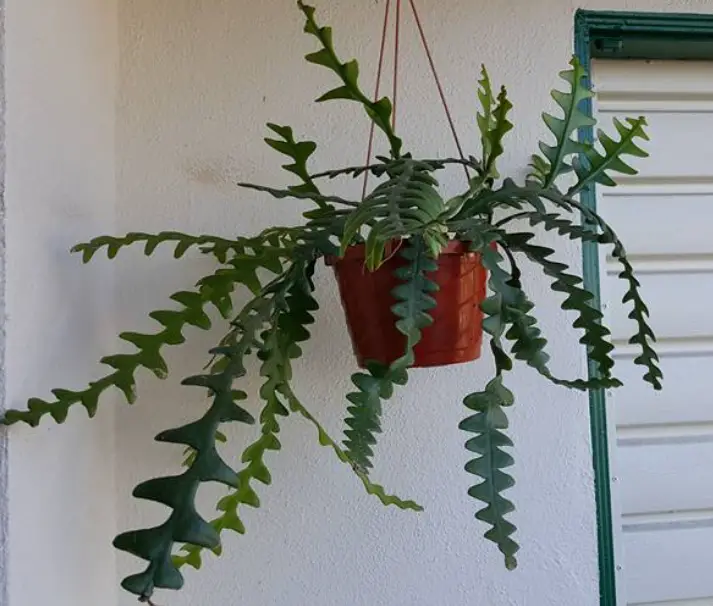
Disocactus anguliger is an epiphyte, it grows on branches of trees or other plants in its natural habitat. It has long, flat, segmented stems that are green in color and can grow up to 3 feet long. The stems are arranged in a zigzag pattern and have small, hair-like spines along their edges.
This plant produces beautifully large, fragrant flowers that open at night. The flowers are usually white, pink or yellow in color and can be up to 6 inches in diameter. They bloom in the spring and summer and can last for several days. In the winter, they should be kept in a cool, dry place away from heat sources.
Fishbone cactus care and maintenance
Fishbone cacti are easy to grow and care for. They grow well indoors as houseplants, especially in areas with long winter periods. Here is what you need to provide for them to thrive:
Well-draining soil
As an epiphyte, the fishbone cactus prefers well-draining soil that is slightly acidic and rich in nutrients. When growing it, it’s recommended to use a soil mix formulated for cactuses or succulents. However, you can make your homemade cactus soil if you have the required ingredients.
Regular potting soil isn’t suitable for growing cacti. Its formulation encourages excess water retention. This prevents oxygen from reaching the roots, which makes them suffocate and die. Bacterial and fungi that cause root rot also thrive in waterlogged conditions.
Regular watering
Unlike desert cacti, fishbone cactus needs regular watering. However, it’s important to avoid overwatering the cactus as it can cause root rot. As a general rule, water the plant when the top inch of the soil feels dry to the touch. Be sure to use distilled root-temperature water.
Lack of regular watering can be stressful for the plant. It is one reason why cactus turn yellow, wilt, and die. Water is an essential raw material for photosynthesis, and without it, the plant won’t produce the sugars needed for growth and survival.
Bright indirect light
Light is also an essential requirement for the well-being of green plants. The energy is also used in food making. However, plenty of it can be harmful to a fishbone cactus. When growing them indoors, choose a location with several hours of bright indirect sunlight.
Direct sunlight can damage a forest cactus by scorching its stems. Severe cactus sunburn cannot be healed, and the affected plant gets permanent spots or scorch marks on the stems. On the other insufficient light isn’t healthy for any green plant.
Temperature and humidity
Fishbone cacti are adapted to warm, humid conditions. Maintain temperatures between 60 to 78 degrees Fahrenheit and humidity above 60 percent. When the air is dry, mist the plants with room-temperature water and place them near a trough containing water.
Fertilization
Fishbone won’t need fertilization if the soil is rich in nutrients or organic matter. However, it’s a good idea to fertilize it at least once during spring with a well-balanced houseplant fertilizer such as 10-10-10 or 20-20-20. This will help the plant to get additional nutrients for healthy growth.
Overfertilizing can also kill the plant. Be sure to dilute or use the fertilizer as directed by the manufacturer. Fishbone cacti don’t need fertilizer during winter. Fertilizing a dormant plant is equally harmful.
Trimming
Fishbone cacti aren’t bushy plants, but occasional pruning can be done to keep it in a desired shape. Use pruning shears to cut off undesired branches and dead flowers. Fortunately, you can use the cuttings to propagate new plants that you can gift out or add to your collection.
Trimming and propagation should be done in the spring or summer. The warm weather allows for faster growth of new stems and branches.
Repotting
It’s important to repot your fishbone cactus after every two to three years. This not only prevents the roots from overcrowding the pot but also replenishes the nutrients in the soil. Be sure to use well-draining soil and a pot with drainage holes.
How to propagate fishbone cactus
Fishbone cacti can easily be propagated by stem cuttings. It’s a simple process that takes a few steps.
- Using a pair of sterilized sharp scissors or pruning shears, take healthy cuttings from the cactus, preferably when pruning. The cuttings should be between 4 and 5 inches long.
- Place the cuttings in a cool, dry location for at least 24 hours to allow the cut end to callous over. This helps prevent rot due to the entry of water, fungi, or bacteria.
- Plant the cuttings in a well-draining soil mix and place the container in an area that receives bright indirect sunlight. You may use a rooting hormone for a quicker establishment of the cutting.
- Lightly water the cuttings to keep the soil moist but not waterlogged. Keep the soil dry between your waterings.
- It may take up to a month for the cuttings to root and form new growth, and you may transplant them into new pots if needed.
Common problems of fishbone cactus
Fishbone cactus is a relatively low-maintenance and problem-free plant. However, improper watering, poor lighting, and negligence may cause serious issues.
Overwatering or allowing the plant to sit in standing water can result in root rot. Signs of this problem include stunted growth, plant wilting, and dying. Like Christmas cactus root rot, you can save the plant by cutting off the damaged roots and repotting the plant in a fresh soil mix.
Fishbone cacti are also prone to pests such as mealybugs, spider mites, aphids, and fungus gnats. The bugs can damage the plant as they suck sap from the stems resulting in fungal or bacterial infections and ugly spots. Insecticidal soap or neem oil can help in controlling pests on houseplants.
My name is Diane M Lewik, and I am the founder of this website. I am a degree holder in plant biology from the University of California – Berkeley. Over years, I have cultivated a vast collection of succulents and I have learned a great deal about how to grow and care for these unique plants.
